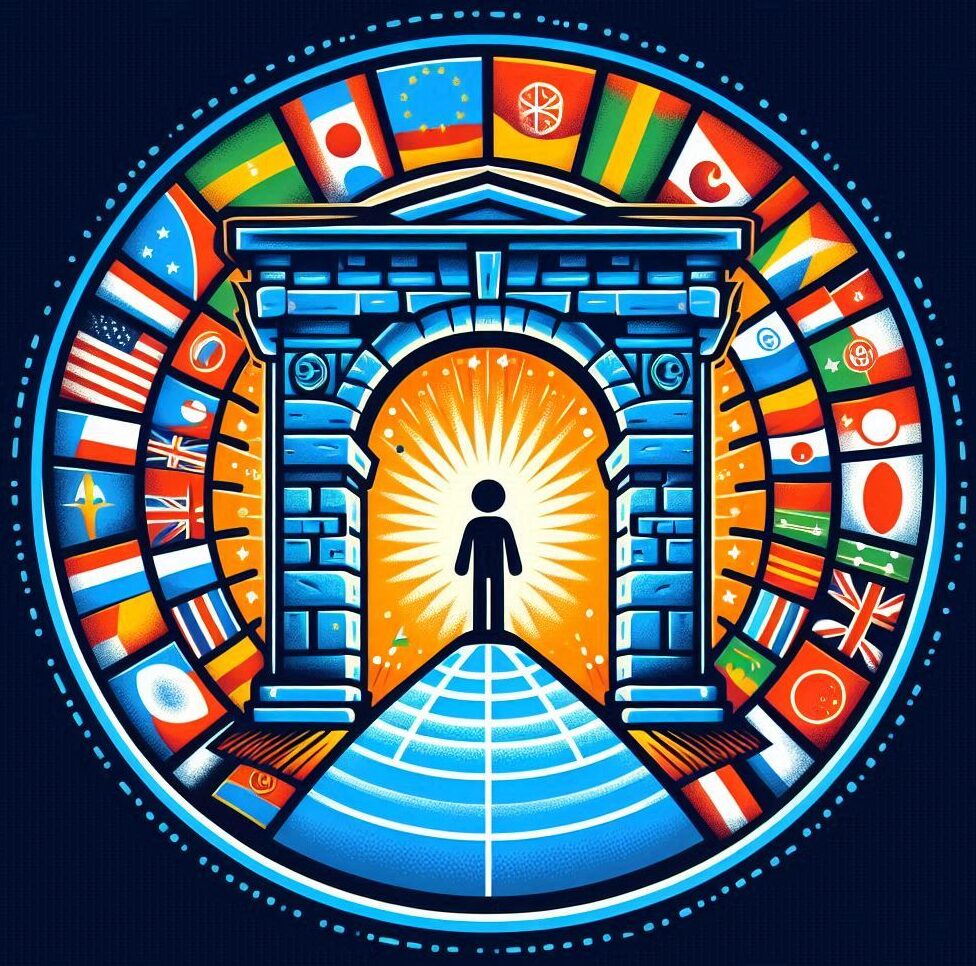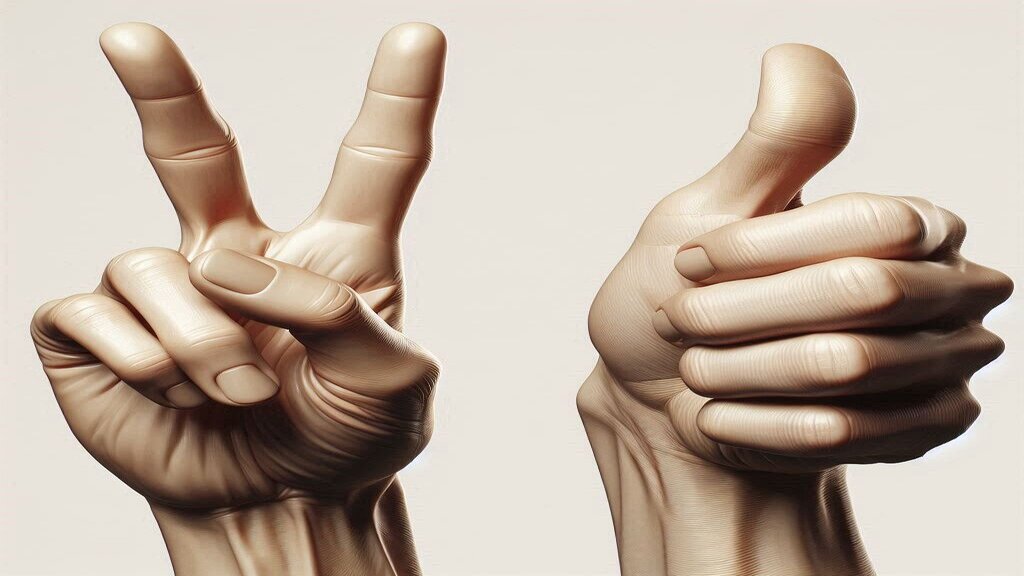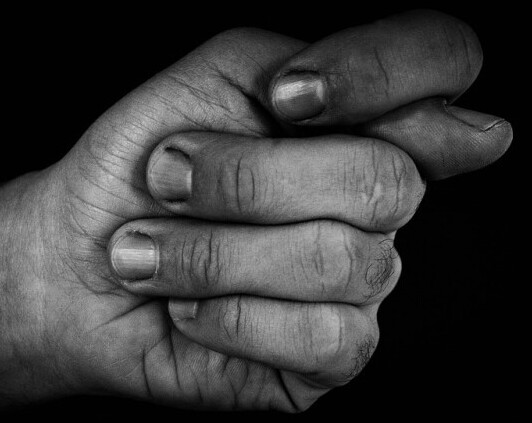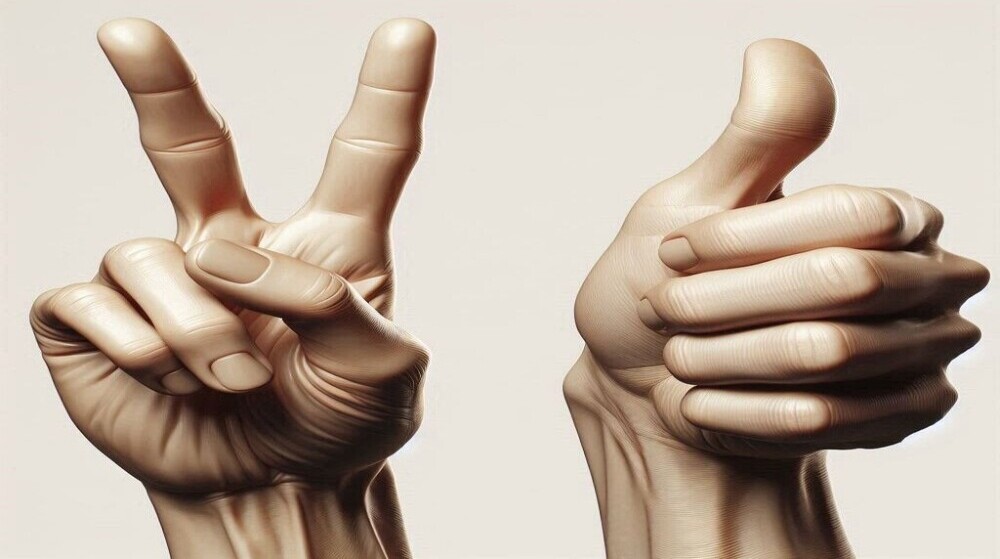
Hand gestures have always been a vital part of human communication. They transcend language barriers, allowing us to express emotions, signals, and instructions without uttering a single word. But, while these gestures might seem universal, they can have very different meanings depending on where you are in the world.
Non-verbal communication, especially through hand gestures, reveals a lot about cultural norms and values. For instance, a friendly wave in one country might be considered rude in another. So, understanding these differences is not just interesting, but also essential to avoid misunderstandings.
For example, consider the thumbs-up sign. In many Western cultures, it’s a positive gesture meaning ‘good job’ or ‘everything’s OK.’ But in some Middle Eastern countries, it’s quite the opposite and can be very offensive. Such differences highlight the importance of being culturally aware.
Recognizing these cultural subtleties can help build better interpersonal relationships, improve business communications, and just make you a more considerate world traveler. We’ll explore various hand gestures from around the globe and delve into what makes each unique, helping you navigate the rich tapestry of global non-verbal communication.
Common Hand Gestures Across the Globe
Hand gestures often carry different meanings depending on the cultural context. A gesture that’s completely harmless in one place might spark confusion or even offense elsewhere. Let’s look at some of the most recognized hand gestures worldwide and explore what they signify.
- The ‘Thumbs Up’ gesture is a classic example. Most people in the U.S. and many parts of Europe use it to show approval or that everything is fine. However, in certain Middle Eastern and West African countries, it’s considered quite rude, more like giving someone the middle finger.

- Then there’s the ‘OK’ sign, made by forming a circle with your thumb and index finger. In the United States, it’s used to indicate that everything is perfect. But in countries like Brazil, this gesture can be insulting. In Japan, it can mean ‘money,’ and in some European countries, it might signal zero or worthlessness.
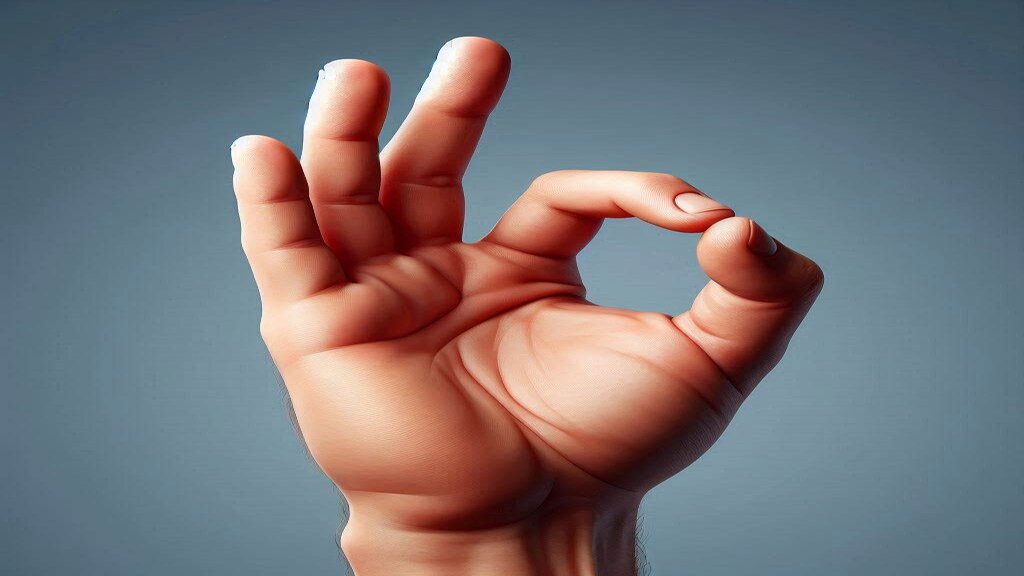
- The ‘Peace or Victory’ sign, made by raising the index and middle fingers, is another common gesture. While it generally stands for peace or victory in many Western cultures, if you flip your hand around so the palm faces inward, it becomes offensive in places like the UK and Australia. Understanding these nuances is crucial for effective communication.

As a general rule of thumb, it’s always good to observe and adopt the local customs when you travel. This small effort can save you from unintended missteps and will likely earn you some goodwill with the locals.
Unique and Symbolic Hand Gestures by Region
Different regions have their own unique hand gestures steeped in cultural significance. These gestures often have deep-rooted meanings that reflect the history, values, and social norms of the community. Let’s explore some notable examples from various parts of the world.
- In Asia, the ‘Namaste’ gesture is a powerful symbol of respect and gratitude. Used extensively in India and Nepal, it’s made by pressing the palms together in a prayer-like fashion and is often accompanied by a slight bow. This gesture is not just a greeting but signifies a recognition of the divine spirit within the other person. It’s a beautiful way to show humility and respect.

- Over in Europe, the ‘Handshake’ is a well-known gesture, yet it varies greatly from country to country. In some cultures, a firm handshake is a sign of confidence and trustworthiness like in Germany. Meanwhile, in France, it’s customary to offer a lighter, shorter handshake. Understanding these regional variations can make social and business interactions much smoother.
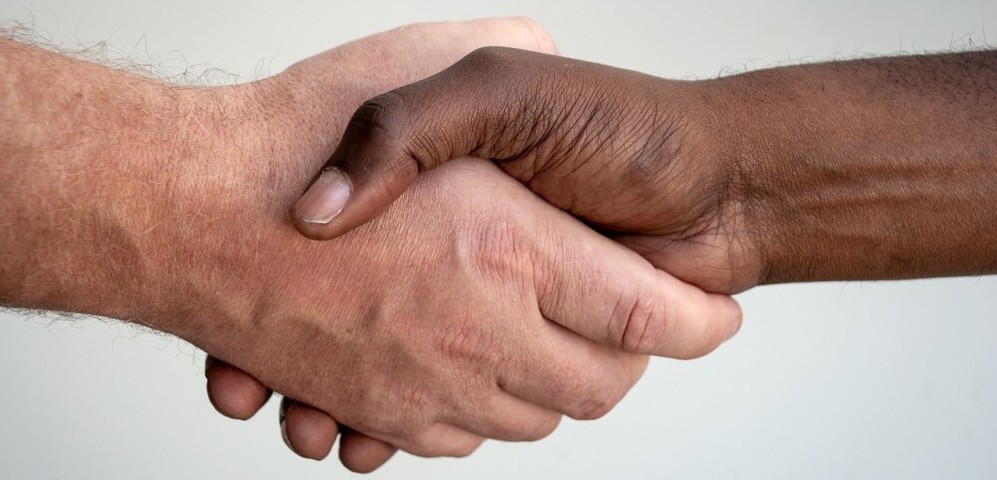
- Moving to the Middle East, the ‘Fig’ gesture, made by placing the thumb between the index and middle fingers in a fist, has multiple layers of meaning. In Turkey and some other Middle Eastern cultures, it’s regarded as a very offensive gesture. On the flip side, in some parts of Italy, it can be a protective symbol, warding off the evil eye. It’s fascinating how the same hand movement can carry such different connotations based on geographical context.
Being mindful of these regional hand gestures can enrich your intercultural interactions and prevent potential misunderstandings. Awareness and respect form the basis of effective communication, particularly when navigating diverse cultural landscapes.
Modern Context and Misunderstandings of Hand Gestures
Globalization has brought us closer together, and while that’s fantastic in many ways, it also means that our actions are more widely interpreted than ever before. Hand gestures, being part of non-verbal communication, can result in big misunderstandings when taken out of context. This is an area where a little knowledge goes a long way.
In today’s interconnected world, it’s easy to see why being aware of hand gestures across cultures matters. With social media, moments captured with a simple gesture can be broadcast globally, possibly leading to unintended offenses or viral notoriety. Understanding gestures helps us in business, travel, and even casual interactions.
- Take, for instance, snapping your fingers to get someone’s attention. In some Western countries, this might be seen as a quick and efficient way to call for service. However, in many Mediterranean countries, it’s considered extremely rude and dismissive.

- And then there’s the habit of crossing one’s fingers for luck. While it works perfectly in many Western cultures, some Asian cultures might find it confusing or even disrespectful. To them, it’s not a symbol commonly associated with luck and could be interpreted in a different, sometimes negative, way.

So, if you’re traveling or interacting with folks from different parts of the world, take a moment to learn about common hand gestures and their meanings. Quick online research or simply observing how locals communicate can save you from awkward situations.
A great tip is to focus on observing and mimicking the locals. This goes a long way in bridging cultural gaps. Also, when in doubt, ask. Most people appreciate the effort to learn and respect their customs and will be more than happy to guide you.
Navigating this world of hand signals thoughtfully helps fosters mutual respect and understanding, making interactions smoother and more meaningful.
